Aug 23,2024
0
Facing Destiny
Born to Battle
On August 20, 2024, at 10:00 AM, the highly anticipated domestic AAA game 'Black Myth: Wukong', developed by Game Science, made its global debut. Following its launch, the game quickly soared to the top of sales charts across multiple platforms. Its cultural impact spans a wide array of elements including apparel, music, weaponry, architecture, and traditional medicinal plants. 'Black Myth: Wukong' features 36 national landmarks as its backdrop, such as Shuanglin Temple, Yungang Grottoes, Hanging Temple, the Wooden Pagoda of Shuozhou, Chongfu Temple, Foguang Temple, the Jade Emperor Temple of Jincheng, and Xiaoxitian of Linfen. Other notable locations include the Dazu Rock Carvings, Anyue Caves, Langzhong, and Xiangyang. The game's character designs are inspired by numerous grottoes and mural figures.
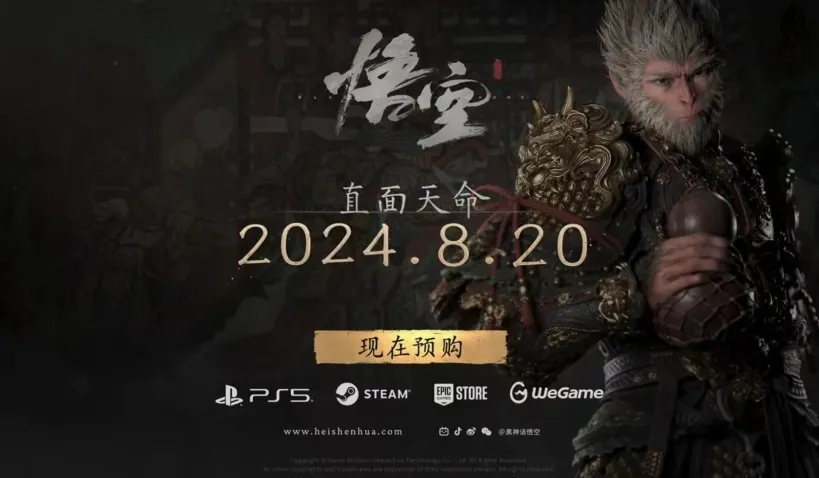
Image source: Official Weibo account of 'Black Myth: Wukong'
Historical Geometric Armor Patterns
As protective gear for soldiers, armor played an essential role during the era of cold weapons.
Early Chinese armor often used cowhide, with Qin Dynasty general attire frequently featuring geometric patterns painted on leather.
During the Western Han Dynasty, iron armor became widespread, known as "Xuanjia" (Mystic Armor).
By the Wei-Jin period, military attire included scales made of fish skin.
In the Tang Dynasty, a period of prosperity and peace, armor evolved into ceremonial attire primarily used for decoration. According to the "Tang Liudian" (Six Classics of Tang), there were thirteen types of armor in the Tang Dynasty, named according to the style and materials of the armor plates, including Mingguang, Guangyao, Suozi, Xilin, Shanwen, Niaocui, Baibu, Zaojuan, Bubei, Pijia, Mijia, and others.
The "Tang Dynasty King of Heaven" illustration depicts the image of Chinese warriors from the late Tang and Five Dynasties period, adorned with helmets full of beast heads, ghost faces, and horns.
During the Song Dynasty, warriors were required to wear battle robes or short embroidered shirts over their armor to display modesty, a practice known as "zhongjia" (inner armor). The "Song History: Rituals and Guards" notes that the embroidery on these shirts was used to distinguish between different military units: 'Jinwuwei' for dispelling evil, 'Zuoyangwei' for auspicious horses, 'Xiaoqi' for carved tigers, and 'Tunwei' for red leopards, with the embroidery positioned on the back.
According to the "Ming Hui Dian" (Ming Dynasty Rules), the Ming Dynasty armor included a variety of styles: gilded armor, blue woven silk cloud skirts, fish scale leaf armor, red velvet belts for waist-length armor, green velvet belts for waist-length armor, green velvet belts for square leaf waist-length armor, green thread belts for fish scale leaf waist-length armor, spoon-shaped leaf waist-length armor, blue silk gilded top flat nail waist armor, blue silk brass top flat nail waist armor, blue silk gilded top nail waist armor, red velvet belts for waist-length armor, blue cotton fire lacquer top nail waist armor, blue silk brass top nail waist armor, purple flower cloth fire lacquer top nail round-neck armor, black tassel red copper mirror armor, large leaf Ming armor, blue silk fire lacquer top nail waist armor, blue silk belts for waist-length armor, and blue cotton rope belts for waist-length armor.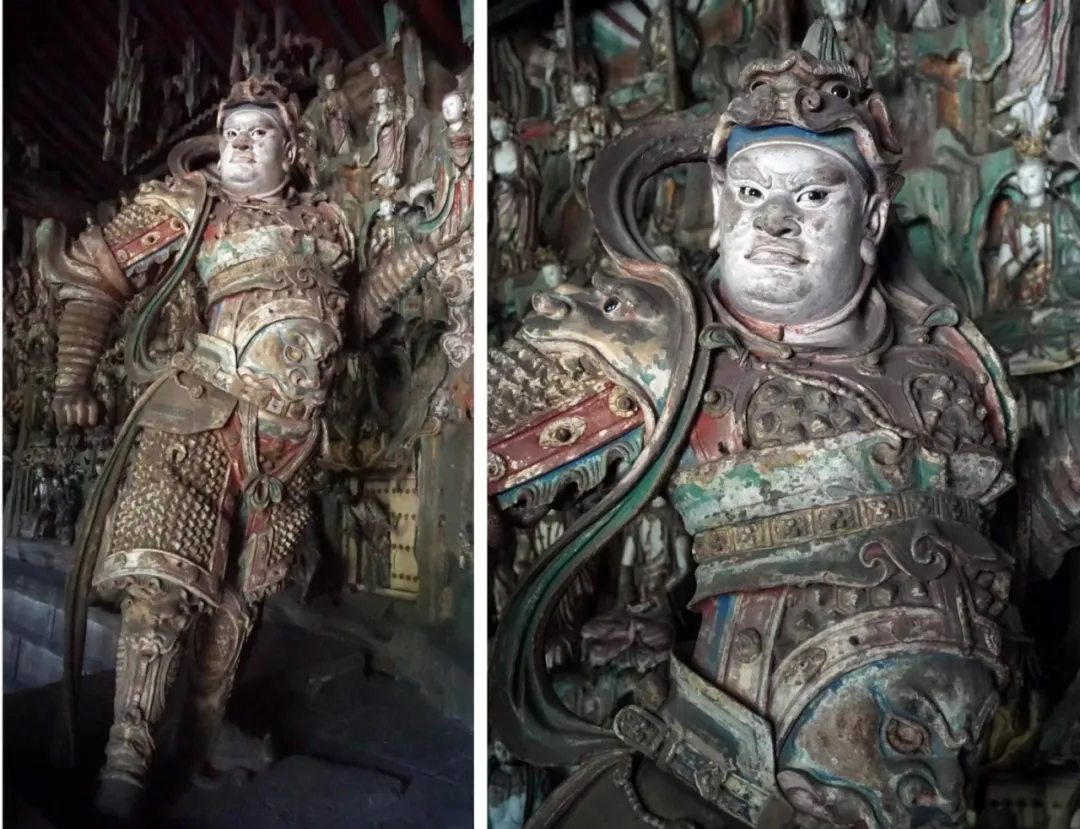
Painted sculpture of Skanda with armor pattern at Shuanglin Temple
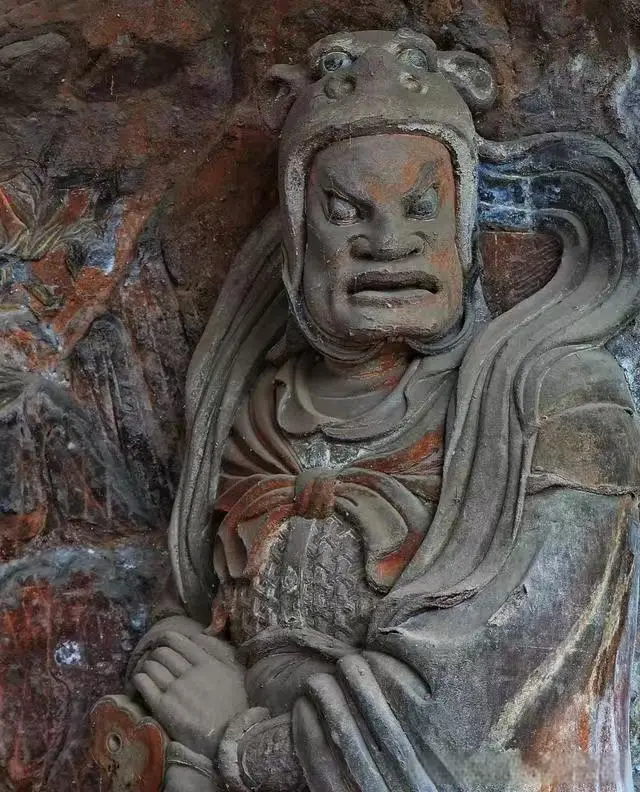
Armor patterns on statues in Anyue Grottoes
Warriors transform into heavenly kings and door gods to drive away evil spirits, protect homes, ensure safety, help with success, and bring good luck. Door gods represented by the god of wealth Guan Yu, Zhao Gongming, Qin Qiong and Yuchi Gong are popular patron saints in China, and the armor patterns that embody the meaning of good fortune and a safe home are typical symbols of auspiciousness.
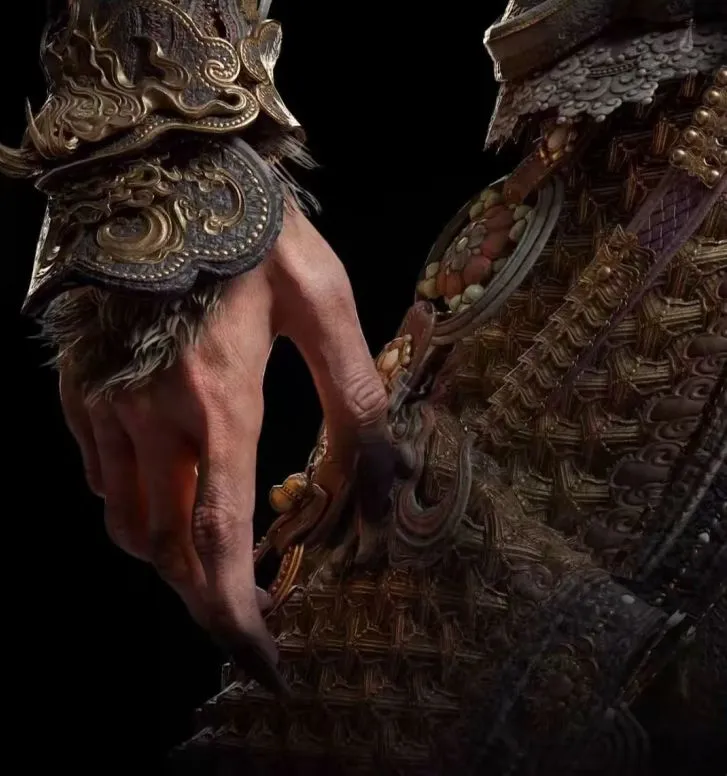
Black Myth: Wukong armor pattern
Geometric patterns in the "Yingzao Fashi"
Li Jie’s architectural treatise from the Song Dynasty, 'Yingzao Fashi', categorizes various decorative patterns including Suozi (linked rings, agate rings, stacked rings, etc.), Dianwen (gold and silver plates, square rings, etc.), Luodi Turtle Patterns (six-armed turtle patterns, intersecting-legged turtle patterns, etc.), and Jianhuan (sword rings) into six main categories of Suo patterns.
The Suozi pattern evolved from the chain mail armor, known as Suozi Jia. The armor's plates were typically composed of shallow, arched triangular links, forming a chain-like structure, which is why it is named “Suozi” or “lock.”
The Suozi pattern consists of an inverted “Y” unit shape. This unit forms an equilateral triangle framework, with its center featuring a pair of concentric circles. These circles diverge in directions that are 120° apart: directly upward, downward to the left, and downward to the right. The outer contour is made up of six dual-element combinations, creating a triple-axis structure. Each side of a unit shape can align with a side of another unit shape, connecting to form the Suozi pattern. By centering one unit shape and connecting it with surrounding unit shapes, a hexagonal framework is created.
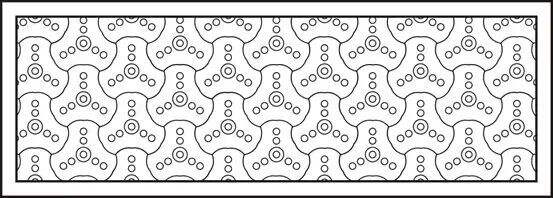
'Yingzao Fashi' Suozi Pattern

'Yingzao Fashi' Suozi Pattern Framework Diagram
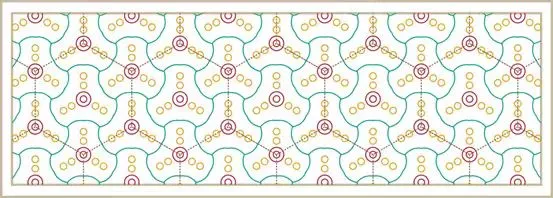
'Yingzao Fashi' Suozi Structure Diagram
The geometric armor patterns in 'Black Myth: Wukong' are similar to the aforementioned “Suozi Pattern.”
BANFERT Suozi Pattern Finish
The linked and resilient qualities of the Suozi pattern, inspired by chainmail, imbue it with a continuous connection, symbolizing durability, a long heritage, and an unending vitality. It represents one of the most powerful and protective auspicious designs.
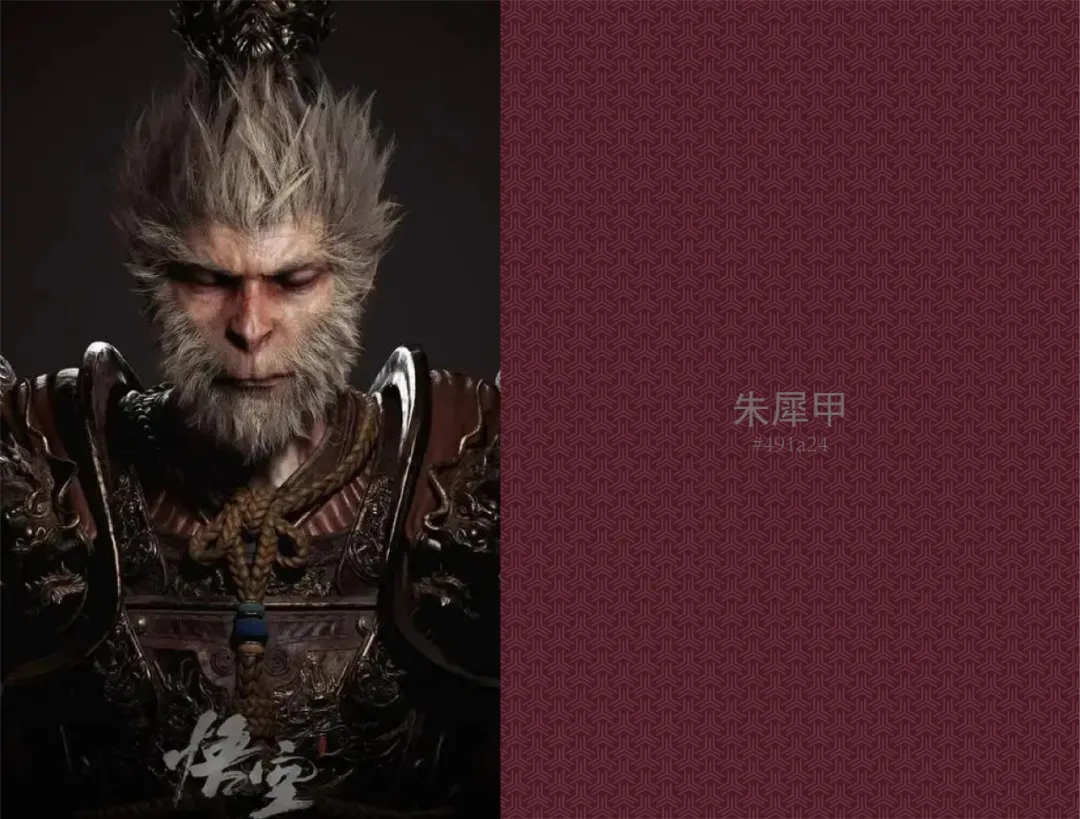
Black Myth: Wukong's shape and color matching, suzi pattern surface design

BANFERT will continue to introduce additional armor pattern finishes...

